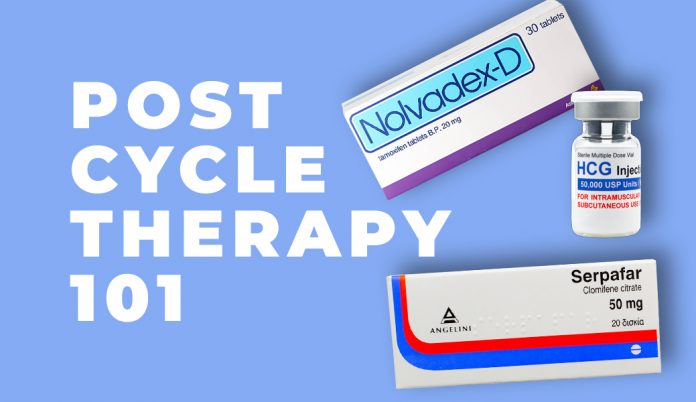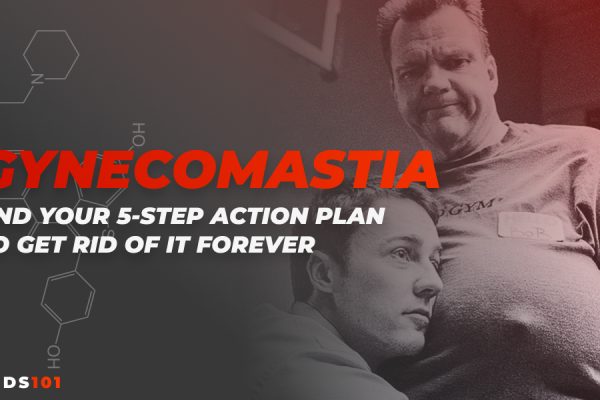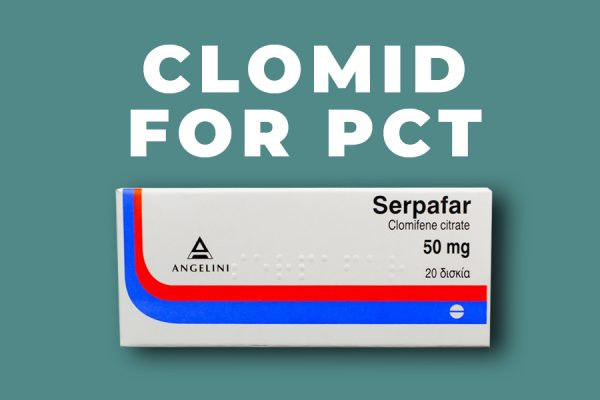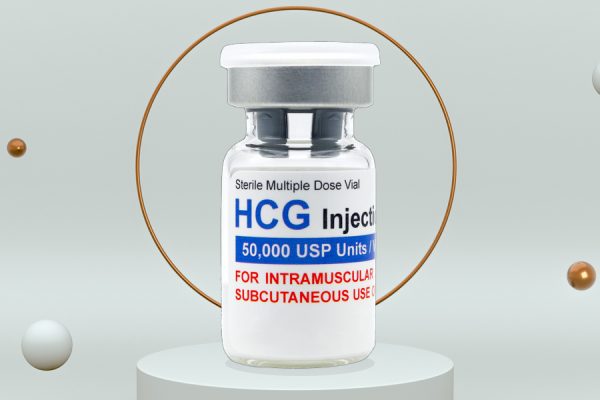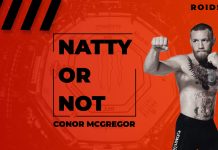Without PCT, the process of testosterone restoration may take months, sometimes even up to a year. It would definitely cost you all the gains. Athletes that avoid PCT are responsible for most common public cliches about steroids. Here is what you need to know to treat your body the way it deserves it, and not to become a walking social advertisement about mindless steroids abuse.
- Why Is PCT So Important
- What If You Avoid Post Cycle Therapy?
- PCT Compounds
- Selective Estrogen Receptor Modulators – Nolvadex & Clomid
- Post Cycle Therapy – Nolvadex (Tamoxifen)
- Clomid (Clomphene Citrate) for PCT
- HCG for PCT
- Proviron (Mesterolone)
- PCT Cycles FAQ
- How To Make Post Cycle Therapy More Efficient?
- Does PCT Really Work?
- Personal Opinion On PCT
Why Is PCT So Important
You wouldn’t jump off a plane without being sure about the safe landing, right? Coming off a steroid cycle feels exactly the same to your organism, and PCT is the parachute. You need it to avoid the crash when your natural Testosterone is low and Estrogen levels rise. The hormonal crash results would make you wish you had just broken your legs:
- Severe gynecomastia;
- Suppressed state of mind;
- Dizziness;
- Strength loss;
- Abdominal fat growth;
- Low libido.
That’s just the tip of the iceberg. The full list depends on the gear that you come off, and it may contain many unwelcome surprises.
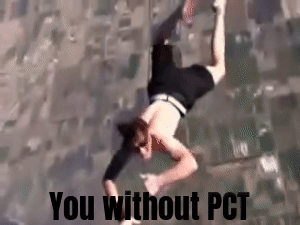
I bet you wouldn’t like to wake up in a week after your 12-16 week cycle of Testosterone Enanthate and realize that your testicles are the size of peas.
PCT not only helps you to get your physical form back to normal, it also prevents psychiatric side effects of low testosterone levels. I wouldn’t recommend to underestimate them, some athletes (to be precise, mostly those, who run hardcore cycles with no support) end up in rehab. That’s what else you fight with PCT:
- Depression;
- Fatigue;
- Superimposed mood disorders;
- Nervousness;
- Development of psychiatric chronic diseases (manias, bipolar syndrome);
- Suicidal thoughts.
In short, proper post-cycle therapy helps you to avoid the consequences of cycling gear and keep your results. While compounds may vary, most benefits of PCT stay practically the same:
- Maximum preservation of strength gains and muscle mass;
- Minimal rollback phenomenon;
- Stimulating the production of your testosterone;
- Restoration of the natural hormonal background;
- Prevention of gynecomastia (and other aromatization side effects);
- The decrease in the development of anabolic steroids side effects.
What If You Avoid Post Cycle Therapy?
When you try to drop an anabolic steroid cycle without PCT, you play the game of Russian roulette with your body, and the younger you are – the fewer bullets are in the barrel. Key factors that define your chances to normalize your hormonal level without external PCT compounds are:
- Age;
- Experience with gear;
- Genetic testosterone production levels;
- History of psychiatric diseases;
- Cycle duration and power of compounds used.
To give you a more relatable picture, let’s look at two extreme life-like cases:
The good one: A guy around 30 years old or younger, who has done only a couple of steroid cycles in his life. His endogenous testosterone is high, and he’s pretty satisfied with his life. In this case, he might be the lucky one to come off completely with no need to take PCT and never feel anything close to suffering.
The worst possible: A guy in his 50s, who’s been “on and off” the whole life, blasting and cruising since high school. His testicles have long forgotten what the hell testosterone is and why should they produce it anyway. Most importantly, his life, in general, is a stressful mess. Yeah, he’s gonna have a bad time coming off without PCT.
Again, that’s just extreme cases that could exist, but actually are pretty rare. You are most likely to be somewhere in the middle, so PCT is either absolutely vital for you, or just useful to ease the coming off.
PCT Compounds
Now, there are 3 main compounds for PCT. The most popular and probably the oldest way to get back on track is the course of Selective Estrogen Receptor Modulators (SERMs), such as Nolvadex (Tamoxifen), Clomid, and less popular, but still useful Raloxifene. Also, you can use the heavy artillery of pre-PCT, Human Chorionic Gonadotropin, aka HCG. The third option is Proviron (Mesterolone) because sometimes you need to fight fire with fire. Unfortunately, it doesn’t work solo, even though it was a big thing for a while. Now, let’s take a closer look at each compound, starting with the most common.
Selective Estrogen Receptor Modulators – Nolvadex & Clomid
SERMs, as you could understand from the name, selectively modulate the function of your estrogen receptors. Here is how «the modulation» works and why do you need it:
How SERMs Work
Naturally, your body doesn’t produce female sex hormone, estrogen, in large amounts. However, you can get a ton of it from excessive testosterone in your body through aromatization. The process has nothing to do with aromatherapy. It’s just named after the aromatase enzymes in your body. These little guys convert testosterone molecules into estrogen. It happens all the time naturally, but the results are so insignificant, that you just don’t feel it. Anabolic Steroids boost the process, so you notice all the side effects, like growing moobs, depression, and suppressed libido. You can’t fight the process itself, but you can block excessive estrogen from administering in your body. That’s what SERMs do.
SERMs Mechanism of Action
Compounds like Tamoxifen are undercover agents in Estrogen uniform that play by your side.
Molecules of Tamoxifen look like real estrogen to your body. They fill estrogen receptors and block its function, so when real estrogen comes, it has nowhere to go.
Estrogen receptors go like «sorry bro, I already have one of your pals here, maybe I’ll be free for you later». However, «later» never comes during your PCT. Estrogen just floats in your blood freely, causing zero harm, until you pee it away. Tamoxifen molecules replace each other and limit the number of real estrogen molecules that your receptors administer. At the end of the PCT they just wean from your body and let estrogen work like it used to, but now in reasonable and harmless amount. Now that you understand the basic principle, let’s get to the most popular drugs in detail. Each of them has its additional benefits and, sadly, side effects.
Post Cycle Therapy – Nolvadex (Tamoxifen)
The active compound is Tamoxifen, so Nolvadex is just the market name. “Nolva” is the oldest known drug for post-cycle therapy. In other words, that’s the drug that doesn’t let you grow moobs. Another surprising effect of Nolvadex is a positive impact on the liver because it balances the LDL and HDL cholesterol.
You can take Nolvadex both on cycle to fight aromatization, and for restoration purposes during PCT. The post-cycle thing is, no doubt, more popular.
On-cycle Nolvadex was popular 20-30 years ago. Now, most athletes believe that it’s practically useless and counter-productive.
You don’t really need to add it to hardcore cycles, because it just wouldn’t be enough to fight all the aromatization, but it works perfectly with less androgenic steroids, such as Winstrol.
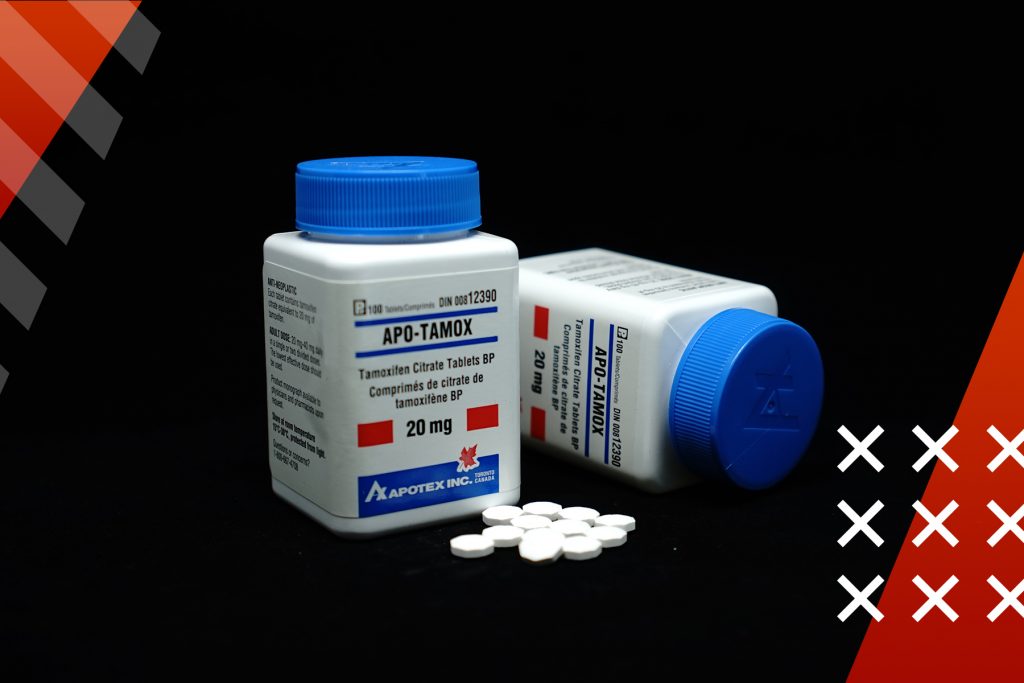
Nolvadex is mild on side effects and most of them are dose-dependant. Some athletes note blurred vision and blood pressure spikes. However, side effects manifest only on high doses that you don’t actually need, which makes Nolvadex a perfect PCT compound. You can get more details in this guide to Nolvadex PCT.
Clomid (Clomphene Citrate) for PCT
Clomid (the market name of Clomiphene Citrate), is a synthetic estrogen, created to treat ovulation-related issues in women. It is a SERM, like Nolvadex, even though it works in a slightly different way. First, it boosts natural testosterone production and affects your hypothalamus and testicles directly. Second, because of a targeted function, it’s way less toxic than other options.
I would not recommend taking Clomid during your main cycle. Instead, you should wait for your organism to start clearing from all the steroids and wait for a couple of weeks after the last injection.
Clomid is the weakest compound for PCT, which means that side effects appear rarely and mostly include minor inconveniences, like sweating a bit more than usual and blood pressure spikes. Also, that «weakness» makes doses of Clomid significantly higher than other SERMs – you can take up to 150mg daily. For more details, read my complete guide on Clomid.
HCG for PCT
Human Chorionic Gonadotropin is probably the most controversial compound of the list. First of all, because this is what pregnancy tests react to, since it’s naturally produced only by pregnant women. In the male body, HCG works as another natural substance, known as the luteinizing hormone, which boosts your testosterone production. It’s most popular among experienced athletes who suffer from a severe decrease of testicular function after prolonged injectable cycles.
Even though HCG is also popular as a “weight loss tool”, it’s a false advertising result and just a wrong use for the compound. The famous “HCG diet” is based on just one study and works only on an extreme calorie deficit. Like all other popular TV dietary compounds for bored housewives, HCG is a victim of marketing «experts».
HCG is not suitable for traditional PCT at all. It would be a huge mistake to take it solo after you come off steroids.
Instead, HCG is a perfect compound to prepare for post-cycle therapy. Use it to increase your chances to get back on track successfully and to boost the speed of the process. The key point here is that the effect of HCG is reversible – when you drop it, the level of testosterone falls as well. In other words, it boosts the testosterone production ONLY when it’s in your body.
To get all the benefits of HCG, it should be taken in the last 2-3 weeks of the cycle along with the main steroid. It helps to «wake up» your testicles and prepare them for the main restoration course. You can call it a pre-PCT or the early start of the PCT phase, but the truth is, for some bodybuilders, it’s the only way to see their testicles in full size again.
Proviron (Mesterolone)
Another compound that has overgrown with unproven beliefs is Mesterolon (on the market as Proviron). In medical terms, it’s an anabolic steroid – a synthesized version of dihydrotestosterone (DHT). Proviron is weak on the androgenic side and it’s absolutely useless as a tool for mass gaining in a cycle – you just wouldn’t notice it with more powerful gear. It’s also technically an anti-estrogen since DHT can bind with estrogen molecules and inactivate them. Here is why many athletes still give it a shot:
Proviron and Libido Gains
Proviron helps you to main a proper erection, even when you’re suppressed. It’s officially prescribed to people with low sex drive. You can use it to your advantage when other gear crashes your libido. Some studies also prove that Proviron can fight depression and anxiety.
Proviron Against Water Retention
Proviron gives you a dryer look in general and makes your muscles harder to the touch. You can add it to your cycle with so-called «wet» compounds, such as Dianabol or Deca Durabolin, to get rid of the puffiness.
Now I bet you have a question – why the hell is it in the PCT section if two major uses are related to the cycling phase?
For a long time in the past, Proviron was believed to be a great PCT tool. now it’s extremely important to bust this widespread hoax.
Proviron is not the best thing you can get for post-cycle restoration. Yes, some athletes add it to their major PCT phase, but only – and only – in combination with Nolvadex or Clomid.
Proviron doesn’t get your natural testosterone back. In a high dosage, it can suppress you even more. Mesterolone has a single purpose during PCT – to help you avoid libido loss in the first two weeks of Nolva or Clomid course. It’s an individual thing and you might not need it at all. However, you should know that there’s a compound that will make you rock hard even in the saddest days of coming off.
PCT Cycles FAQ
There is no such thing as universal PCT protocol. It simply doesn’t exist, because for each cycle you should do it differently, with different dosage and duration. Here are some basic principles and the most common questions:
How To Make Post Cycle Therapy More Efficient?
Most compounds are self-sufficient and work perfectly without external support, but some extra attention to details is always helpful. Here is what you should look at:
Control Your Results
Get your blood checked. Go to the doctor in 2 weeks before the end of your general cycle and do some analysis. Do it again a week into your PCT and compare the results. I strongly recommend doing it the third time at the end of your PCT. This way you will know, whether it was successful, or not yet, and whether you should go on.
Get Only Pharma Grade Compounds
Post Cycle Therapy by itself is dirt-cheap. However, since it’s extremely popular, some malicious shops fake it, sell underdosed pills, or replace the active compound with placebo. Make sure that your source is reliable, your natural testosterone recovery is at stake.
Set Your Diet Right
Nolvadex alone can prevent gynecomastia from manifesting, but some nutritional changes would be helpful as well. Reduce sugar and sodium in your ratio and avoid cheat meals. Otherwise, you risk getting marshmallow nipples.
Does PCT Really Work?
That’s actually a big problem for specialists in the field. The thing is, there are no specific medical studies about the need for post cycle therapy in general. Right now, following the market growth, medical experts, and physicians at Harvard and California University work on some in-depth surveys and tests, but the results will probably take long to arrive.
So far we have two contradicting opinions. On the one hand, numerous studies have proven the effect of PCT compounds separately. For example, this one shows that Clomid helps you restore natural Testosterone, and this another one shows that SERMs in general, including Tamoxifen (Nolvadex), prevent gynecomastia development.
On the other hand, recently PCT attracted a lot of criticism – studies like this one, conducted in Germany at the beginning of 2020, show that PCT does more harm than good and slows the restoration process down. The problem is – we don’t know if these new studies were conducted properly, with the right dosage and responsible patients.
Personal Opinion On PCT
I believe that science will set things right in some time. So far I’m pretty sure that the only case when you can rightfully avoid PCT is… when the PCT just wouldn’t be enough. For some hardcore athletes with a long history of gear usage in ultimate doses, the only salvation is to stay on moderate TRT forever, since no Clomid or HCG is going to get them back to normal. At that point, if you want to come off, you shouldn’t even make the decision alone by yourself – it’s recommended to get some serious medical supervision. Sad story at first glance, but trust me – some bodybuilding maniacs out there can’t imagine their breakfast without an intramuscular injection and they’re pretty OK with life-long TRT. That’s not the reason to follow their steps though, and the chances that you need PCT are definitely higher. Just choose the right compound that would hit all your targets.
